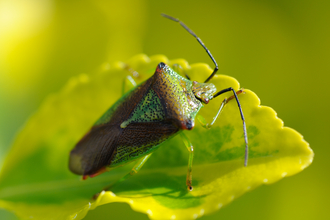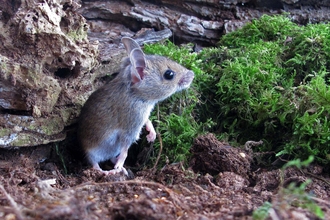©Philip Precey
Midland hawthorn
In May, our hedgerows and woodland edges burst into life as Midland hawthorn erupts with masses of pinky-white blossom. During the autumn, red fruits known as 'haws' appear.
Scientific name
Crataegus laevigataWhen to see
January to DecemberSpecies information
Category
Statistics
Height: 8-12mConservation status
Common.


